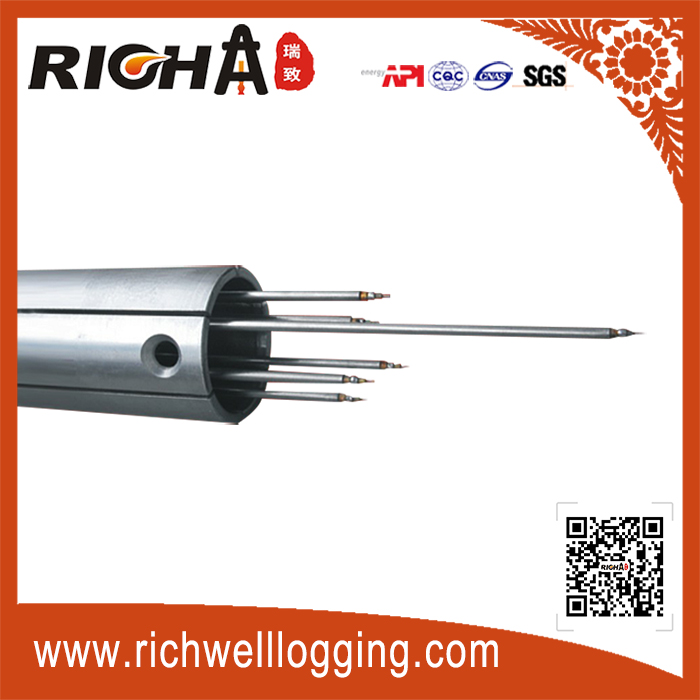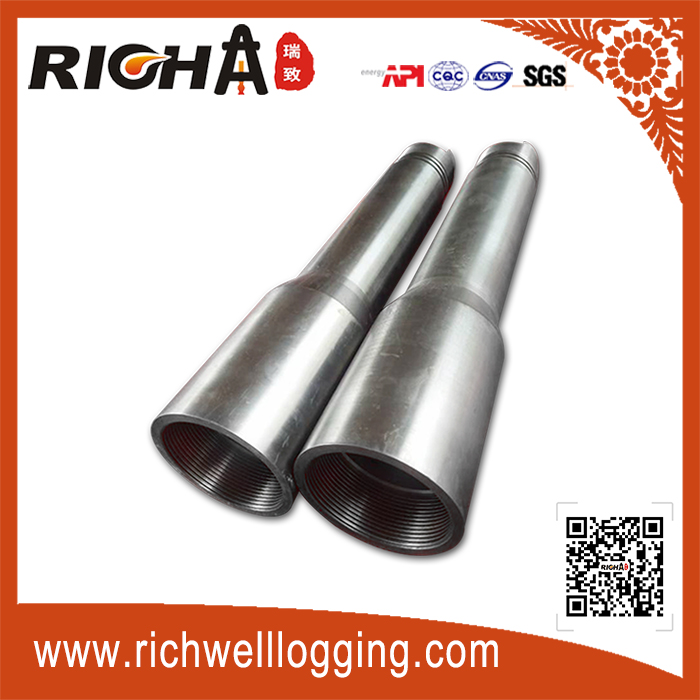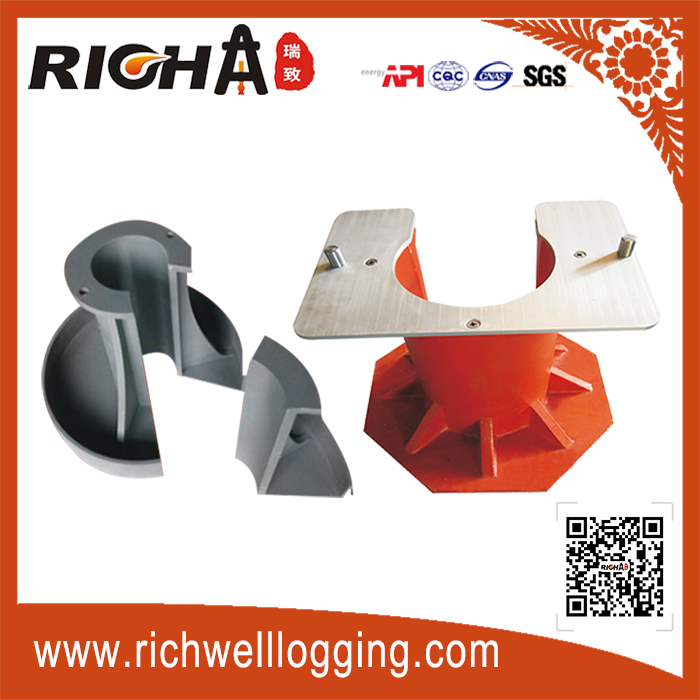Consultation Hotline:13629207777(WeChat Same Account)
Quality supervision:15229006666
After-sale service:029-86670108
Email:info@richwelllogging.com
Address:No. 388 Caotan 9th Road, Xi'an Economic and Technological Development Zone
Testing of Composite Insulators in Operation
The main indicators of composite insulator faults during operation are hydrophobicity and hydrophobicity migration, which determine the pollution resistance level of the composite insulator. The key risk points for composite insulator failure during operation include: mechanical strength at the connection between the end fitting and the core rod, the quality of the epoxy resin rod, the quality of the silicone rubber, sealing quality, and proper installation of grading rings.
1. Sample Selection for Composite Insulators Under Test
Based on the characteristics and risk points of composite insulators, the following selection principles are recommended:
Composite insulators installed on towers located downwind within a 5 km radius of industrial pollution sources.
Composite insulators installed on towers within a 3 km radius in heavily polluted multi-source areas.
Composite insulators installed on towers spanning both sides of rivers or lakes.
Composite insulators installed on towers within 1 km radius of wetland areas.
Composite insulators installed on towers within 1 km radius of villages.
Composite insulators on towers with large vertical spans.
Composite insulators on towers located at wind tunnels or windward locations.
Composite insulators on towers in areas with severe icing.
Composite insulators on towers in lightning-prone areas.
Composite insulators on towers in areas with frequent bird activity.
In general, samples should be selected and tested once every two years; if necessary, sampling and testing should be done annually.
2. Water Droplet Condition and Hydrophobicity Analysis Standards (see Table 4–3)
Only separate water droplets are present, and most of the droplets have a receding angle θ₁ ≥ 80°.
Only separate water droplets are present, and most have a receding angle 50° < θ₁ < 80°.
Only separate water droplets are present, droplets are no longer round, most have a receding angle 20° < θ₁ < 50°.
Both separate water droplets and water bands are present, with fully wetted water band areas less than 2 cm², and total wet area less than 90% of the test area.
Some fully wetted water bands are greater than 2 cm², with total wet area less than 90% of the test area.
Fully wetted total area greater than 90%, with a few dry spots or strips remaining.
A continuous water film forms across the entire test area.
3. Hydrophobicity Requirements for Composite Insulator Shed Materials
Hydrophobicity angle should meet: θₐᵥ ≥ 100°, θₘᵢₙ ≥ 90°.
The hydrophobicity class should generally be HC1–HC2, with no more than one HC3 sample.
4. Aging Determination of Composite Insulator Shed Materials
Silicone rubber classified as HC1 or HC2 is considered to have good hydrophobicity.
Silicone rubber classified as HC3 indicates moderate surface aging.
Silicone rubber classified as HC4 to HC5 indicates significant aging.
Silicone rubber classified as HC6 to HC7 indicates complete surface aging.
5. Determination of Temporary Loss of Hydrophobicity
In high humidity conditions, silicone rubber may experience temporary loss of surface hydrophobicity, which can recover over time. The recovery period is influenced by the type of silicone rubber, fillers, material aging, and surface pollution level. Insulators with heavy pollution will recover more slowly.
For newly installed composite insulators, when the HC value is class 1, after 24 hours of water immersion, the average hydrophobicity recovery time is 37.57 seconds (minimum 15s; maximum 85s).
Composite insulators with a recovery time > 38s should be closely monitored, as they may indicate unstable hydrophobicity.
The test samples should be sent to a standard laboratory with environmental conditions:
The recovery time should not exceed 85 seconds,
Any HC level above 3 with a recovery time greater than 85s should be given special attention, and may be determined as unstable hydrophobicity due to aging.
Temperature: 20 ± 5°C,
Relative humidity: 40%–70%,
Immersion in distilled water for 96 hours, with water conductivity < 10 μS/cm at room temperature.
Measure hydrophobicity loss and recovery again:
- China National Petroleum Corporation Maintains Stable Operations in the First Half of 2020
- Downhole Fiber Optic Sensing AUT-F100 for Oil and Gas
- Drilling Fluid Drilling: A Critical Step in Oil and Gas Exploration
- Testing of Composite Insulators in Operation
- Criteria for Evaluating the Quality of Insulators











